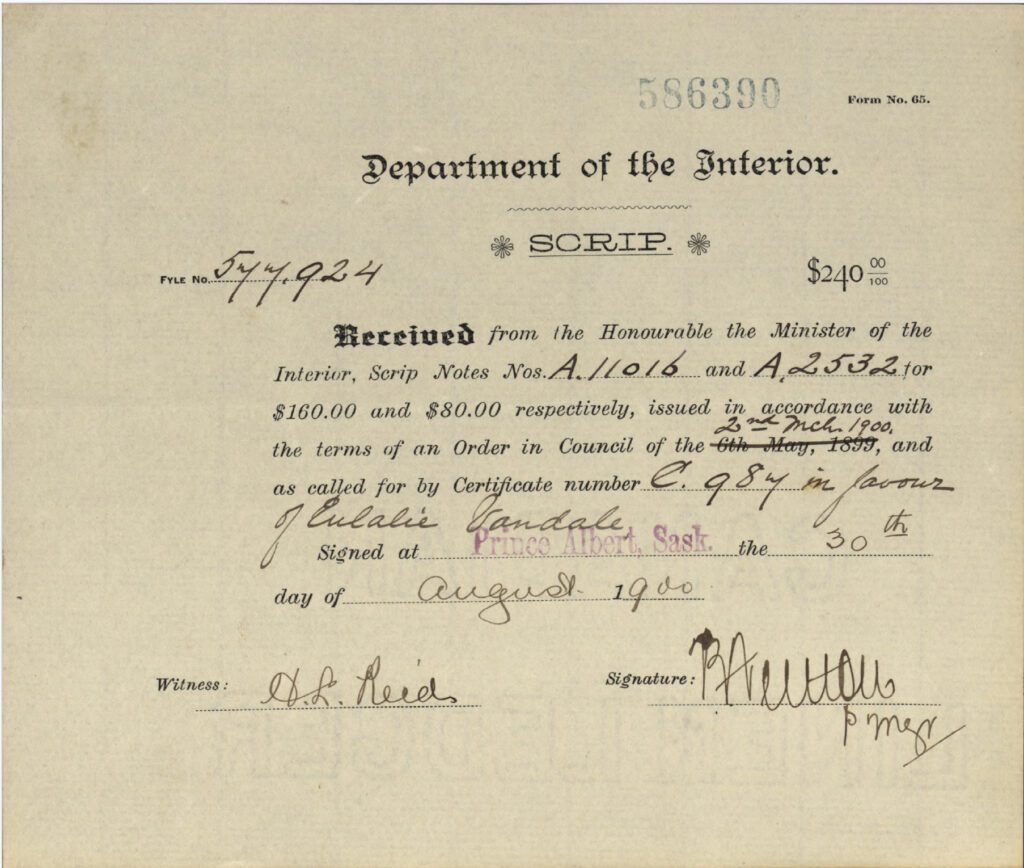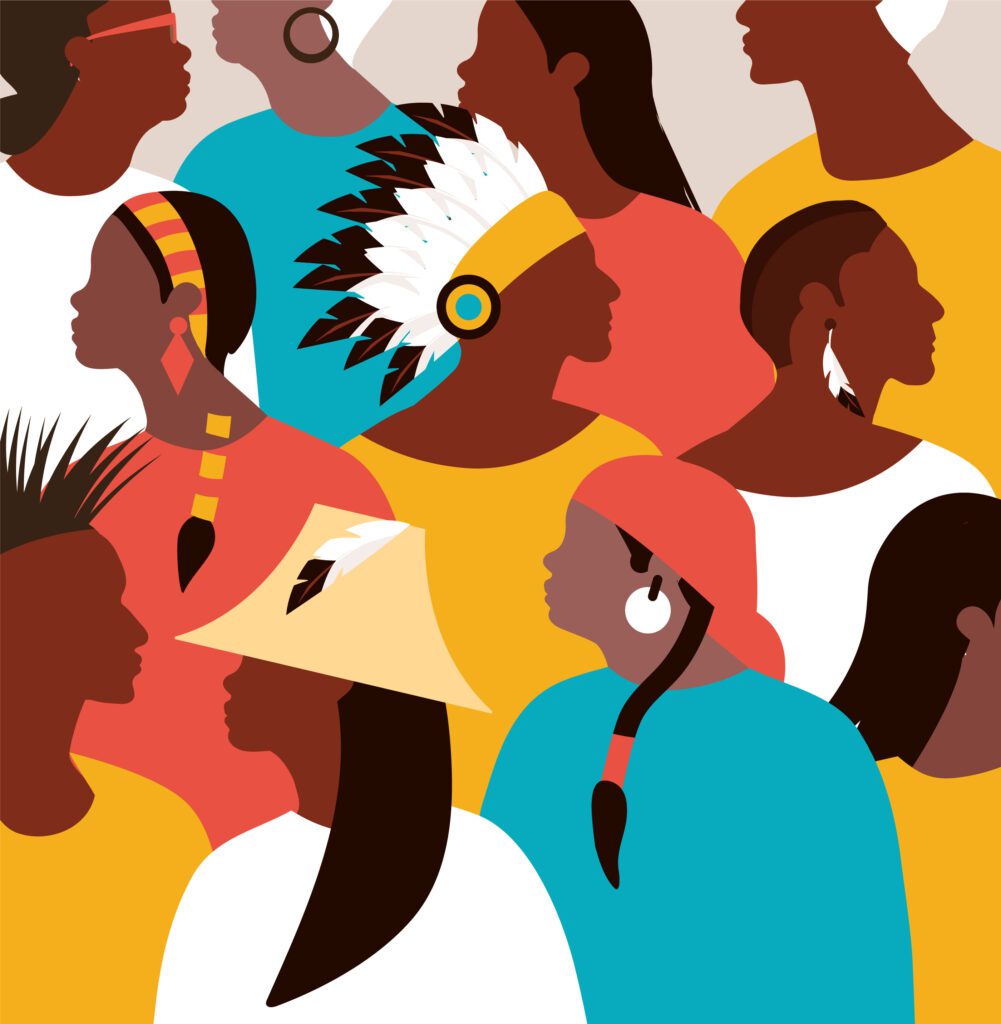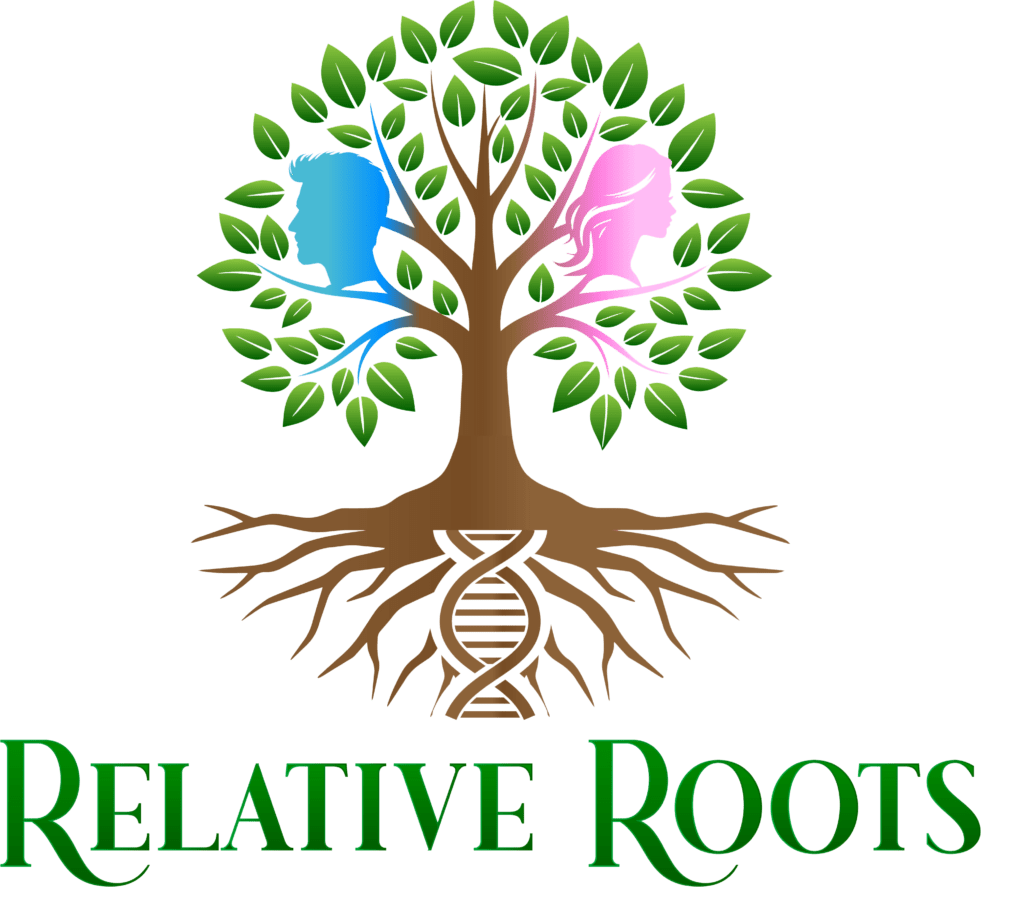Métis and Indigenous Research
Métis and Indigenous Genealogy Research in Canada
Researching Métis and Indigenous ancestry in Canada offers a unique opportunity to connect with a rich cultural heritage that spans centuries. Understanding the stories of Métis and Indigenous communities requires a deep respect for the traditions, oral histories, and records that preserve these legacies. This type of genealogical research often involves navigating different types of documentation, from historical treaties, scrip records, and band membership lists. Each of these elements helps to tell the story of your family’s roots, and our expertise can guide you in uncovering these connections and understanding the broader history that shaped them.

Indigenous Ancestry: Deep Roots and Cultural Heritage
Indigenous peoples have lived across the vast lands of Turtle Island (also known as North America) for thousands of years, with cultures, languages, and traditions deeply tied to the land. When researching Indigenous ancestry, traditional genealogical documents such as birth, marriage, and death records may be complemented by other sources like oral histories, community records, and ceremonial documents. Each Indigenous nation has its own unique practices, stories, and ways of recording history, and it’s important to approach research with sensitivity to these traditions.
For those exploring Indigenous heritage, understanding family connections may involve delving into band membership lists, treaty records, and historical censuses. In many cases, genealogical research may require working with documents that reflect community ties rather than standard civil records.

The Métis People: A Unique Cultural Identity
The Métis people emerged as a distinct cultural group in the 18th and 19th centuries, primarily in the regions of Rupert’s Land, Manitoba, and Saskatchewan. Métis identity is rooted in a blend of Indigenous and European heritage, particularly through the relationships that developed between Scottish, French, and English fur traders and Indigenous Cree, Ojibwe, and Saulteaux women. These unions often resulted in unique Métis communities, where European and Indigenous traditions blended into a vibrant new culture. The Métis played a crucial role in the fur trade, acting as intermediaries between Indigenous nations and European traders, and were known for their distinct language, Michif, as well as their customs and practices.
Key Historical Movements and Regions
Researching Métis ancestry involves understanding the historical movements and regions where Métis communities flourished:
Rupert’s Land and the Fur Trade (1600s-1800s)
The area known as Rupert’s Land was under the control of the Hudson’s Bay Company and was a key region for the fur trade. This vast area included parts of what is now Manitoba, Saskatchewan, Alberta, and the Northwest Territories. During the 18th and 19th centuries, many European fur traders settled in these regions, marrying Indigenous women and forming Métis families. These unions were not only personal but also strategic, strengthening trade networks and alliances between European traders and Indigenous communities. The resulting Métis families often became skilled traders, hunters, and guides, navigating both European and Indigenous worlds.
Red River Settlement and Manitoba (1800s)
One of the most significant Métis communities developed around the Red River Settlement in what is now Manitoba. By the early 1800s, the Red River Métis had established a strong and cohesive community, playing a central role in the fur trade and acting as a hub for cultural exchange. The Métis in this region were known for their buffalo hunts, which were organized with precision and community cooperation, and for their role as guides and translators in the expanding trade networks. This settlement became a focal point for Métis culture, and genealogical research often leads back to this period, where key documents like scrip records (issued during the 1870s and 1880s as part of the Canadian government’s settlement efforts) are crucial for tracing Métis ancestry.
Expansion to Saskatchewan and Alberta (Mid to Late 1800s)
As pressures from European settlement grew, many Métis families began to migrate westward into Saskatchewan and Alberta, seeking new opportunities and space to continue their traditional ways of life. The dispersal of the Métis across the prairies during the 19th century led to the formation of new communities, but it also presented challenges as they sought to maintain their distinct identity in the face of changing political landscapes. Researching Métis ancestry in these regions often involves tracing these westward movements and understanding how families adapted to new environments. Land scrip and homestead records can be vital resources for finding connections to Métis ancestors in these provinces.
The Métis Resistance and Political Recognition (1869-1885)
The Métis community has a storied history of resistance, most notably during the Red River Rebellion (1869-1870) and the North-West Rebellion (1885), both of which were led by Louis Riel. These events were pivotal in the struggle for Métis rights and recognition and resulted in significant political changes in Canada. For those researching Métis ancestry, these periods can reveal much about the political and cultural dynamics that shaped Métis identity. They also led to the issuance of scrip certificates, which were meant to compensate Métis families for land rights and can serve as important genealogical documents.
Researching Métis and Indigenous Ancestry
Researching Métis and Indigenous ancestry requires an understanding of the unique ways in which family histories have been preserved. Traditional civil records may be limited, but there are other types of documentation that can help piece together your family’s story:
Scrip Records and Land Claims
Scrip records were issued to Métis families during the late 19th century as a form of compensation for land rights. These records are essential for tracing Métis heritage, as they contain valuable information about family names, locations, and land transactions. Understanding the context of these records is crucial, as they were part of broader efforts by the Canadian government to settle the western territories, and they often reflect complex negotiations and family movements.
Band Membership Lists and Treaty Records
Indigenous genealogical research often involves understanding how families are connected through treaties and band memberships. Treaties signed between Indigenous nations and the Canadian government created specific agreements and often include lists of family members who were recognized as part of a band or community. These records can provide valuable information on ancestry, particularly for those looking to confirm Indigenous status or understand their family’s connection to specific treaties.
Church and Missionary Records
In many regions, particularly during the 19th century, church and missionary records were a primary source of information on births, marriages, and deaths for Indigenous and Métis families. These records can be helpful for those tracing their ancestry back to early settlements, though they require careful interpretation, as they were often recorded by external parties who may not have fully understood or respected Indigenous naming conventions and family structures.
Respectful and Comprehensive Research
Researching Métis and Indigenous ancestry is a journey that requires care, respect, and sensitivity to the cultures and histories involved. Each family’s story is part of a larger narrative that reflects the diverse and complex history of Canada, and it’s important to approach this research with an understanding of the broader cultural and historical context. My expertise in Métis and Indigenous genealogy ensures a respectful approach, using both traditional research methods and specialized resources to uncover your family’s heritage.
Whether you’re looking to trace your roots back to the early fur trade, understand your family’s connection to the Red River Settlement, or explore how your ancestors navigated the political changes of the 19th century, we can help you uncover the threads of your Métis or Indigenous heritage. Let me guide you in connecting with the traditions, stories, and communities that define your family’s unique place in Canada’s history.
